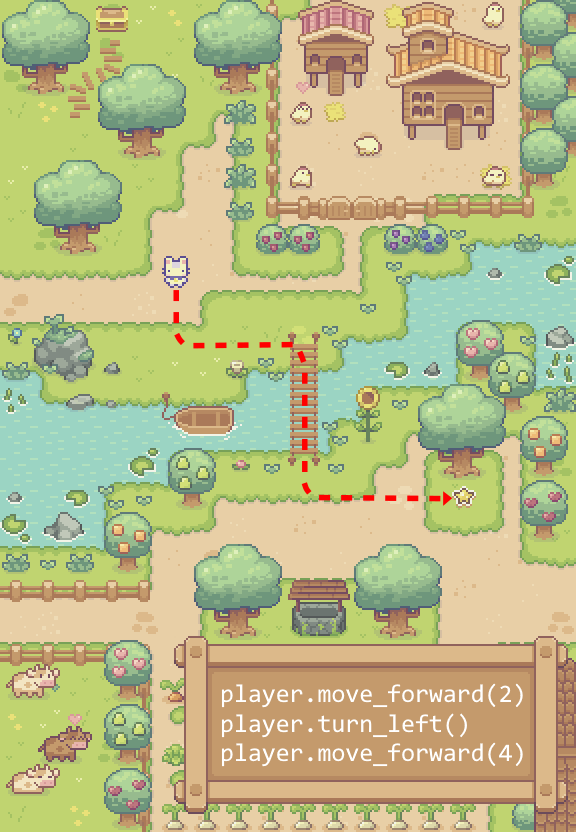Get started learning Python with DataCamp's free Intro to Python tutorial. Learn Data Science by completing interactive coding challenges and watching videos by expert instructors. Start Now!
This site is generously supported by DataCamp. DataCamp offers online interactive Python Tutorials for Data Science. Join 11 million other learners and get started learning Python for data science today!
Good news! You can save 25% off your Datacamp annual subscription with the code LEARNPYTHON23ALE25 - Click here to redeem your discount
Numpy Arrays
Getting started
Numpy arrays are great alternatives to Python Lists. Some of the key advantages of Numpy arrays are that they are fast, easy to work with, and give users the opportunity to perform calculations across entire arrays.
In the following example, you will first create two Python lists. Then, you will import the numpy package and create numpy arrays out of the newly created lists.
# Create 2 new lists height and weight
height = [1.87, 1.87, 1.82, 1.91, 1.90, 1.85]
weight = [81.65, 97.52, 95.25, 92.98, 86.18, 88.45]
# Import the numpy package as np
import numpy as np
# Create 2 numpy arrays from height and weight
np_height = np.array(height)
np_weight = np.array(weight)
Print out the type of np_height
print(type(np_height))
Element-wise calculations
Now we can perform element-wise calculations on height and weight. For example, you could take all 6 of the height and weight observations above, and calculate the BMI for each observation with a single equation. These operations are very fast and computationally efficient. They are particularly helpful when you have 1000s of observations in your data.
Subsetting
Another great feature of Numpy arrays is the ability to subset. For instance, if you wanted to know which observations in our BMI array are above 23, we could quickly subset it to find out.
Exercise
First, convert the list of weights from a list to a Numpy array. Then, convert all of the weights from kilograms to pounds. Use the scalar conversion of 2.2 lbs per kilogram to make your conversion. Lastly, print the resulting array of weights in pounds.
This site is generously supported by DataCamp. DataCamp offers online interactive Python Tutorials for Data Science. Join over a million other learners and get started learning Python for data science today!



